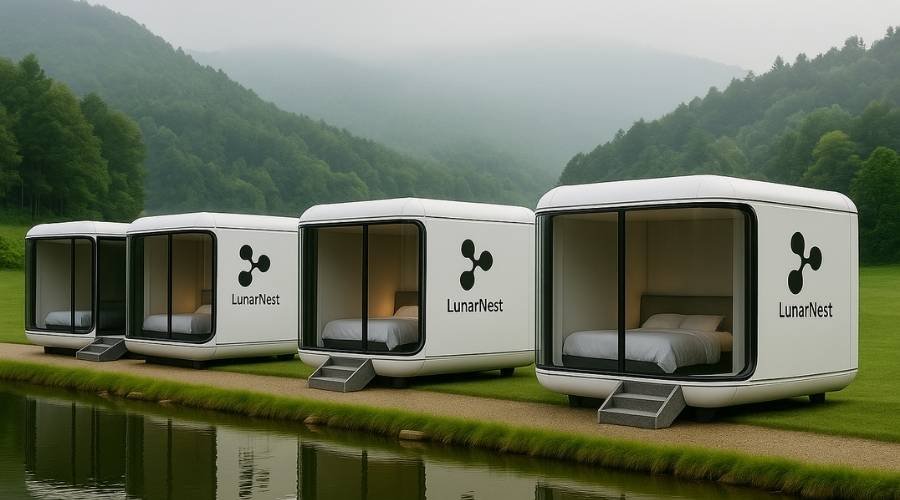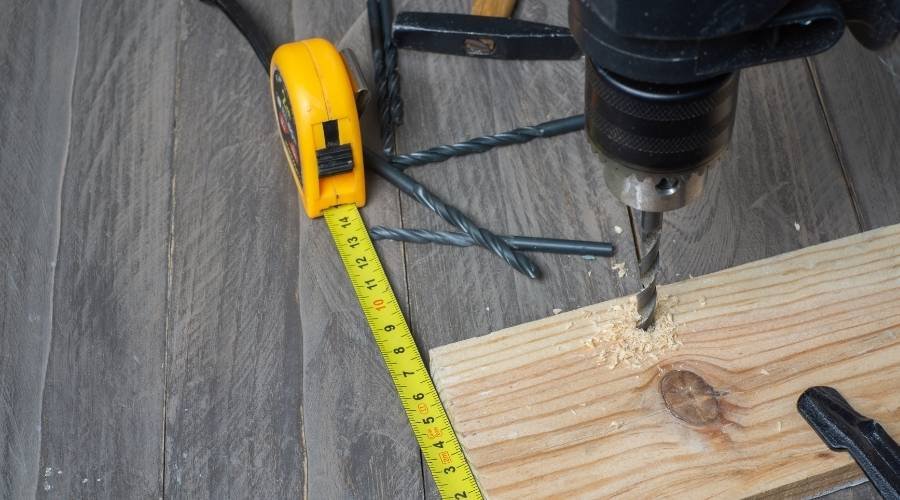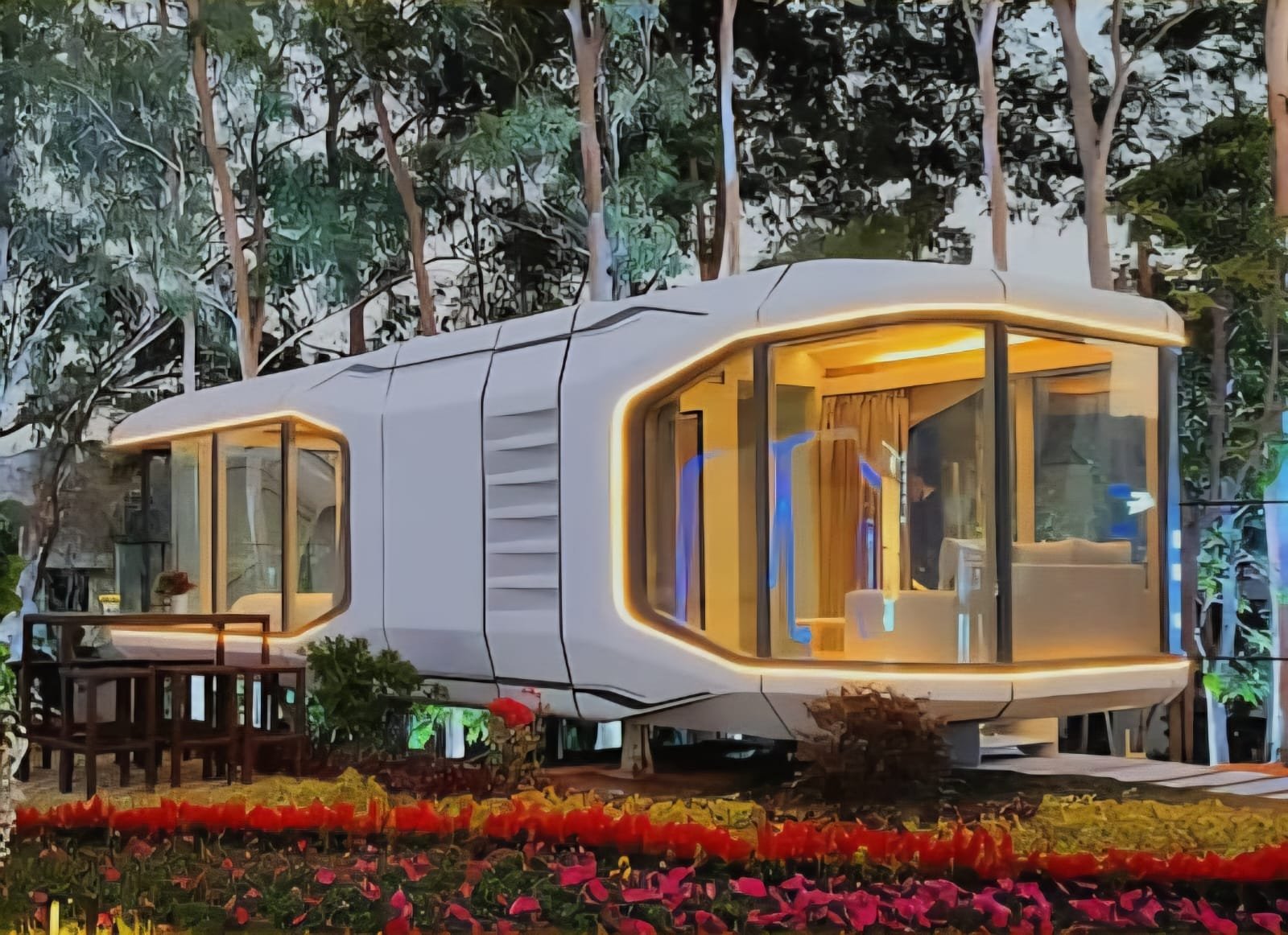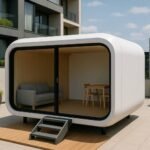Modular homes in Australia combine speed, affordability, and sustainability — redefining homebuilding in 2025.
Key Takeaways:
- What are modular homes, and how do they differ from prefab builds?
- Why modular housing is booming across Australia in 2025.
- How much do modular homes cost, and how long do they take to build?
- Discover the best modular home designs, finance options, and NSW builders.
What Are Modular Homes in Australia?
Modular homes in Australia are factory-built dwellings constructed in sections (called modules) and assembled on-site. Unlike traditional homes built entirely on your land, modular construction occurs in a controlled environment, ensuring precision, reduced waste, and faster timelines.
If you’re comparing modular homes vs prefab homes, the key difference lies in their assembly and design flexibility. Lunar Nest’s guide on modular homes vs prefab homes explains how both share off-site manufacturing benefits, but modular builds allow for greater customisation, scalability, and long-term durability.
Each Lunar Nest modular home — from studio pods to full family residences — complies with Australian building codes, making it a reliable choice for homeowners, investors, and developers.
Why Modular Homes Are Growing in Australia (2025)
The modular housing industry in Australia has entered a new era — what was once a niche construction method is now a mainstream housing solution. In 2025, modular homes are not just about faster builds; they’re part of a broader shift toward sustainable, affordable, and flexible living across urban and regional Australia.

1. Rising Costs Drive Smarter Alternatives
Traditional housing prices have surged in major cities, with Sydney and Melbourne leading the pack. Labour shortages, material inflation, and long construction delays have pushed homeowners and investors to look for smarter, faster, and more predictable building methods.
That’s where modular homes shine. Unlike traditional site-built projects, modular construction offers:
- Controlled costs through off-site manufacturing
- Minimal weather delays, ensuring reliable project timelines
- Shorter build cycles, allowing faster returns for investors
Lunar Nest’s affordable modular homes highlight how streamlined production and precision engineering make modular construction a cost-effective path to property ownership.
2. Sustainability Is No Longer Optional
Sustainability is now central to homebuilding — and modular homes are at the forefront. According to Lunar Nest’s sustainability approach, modular homes are designed for low environmental impact with:
- Energy-efficient insulation systems
- Recycled and renewable building materials
- Optional off-grid integrations like solar and greywater recycling
Australians are increasingly choosing designs that meet Net Zero-ready standards. Modular homes make that easy by integrating green technology during construction, not as an afterthought. Modular architecture naturally supports sustainable, self-sufficient lifestyles and off-grid living — from solar power to water collection systems.
3. Lifestyle Flexibility and Modern Design Appeal
Modern Australians want homes that can adapt to life changes, from expanding families to remote work. Modular homes allow that flexibility with expandable layouts, relocatable sections, and sleek, minimal designs that fit modern living preferences.
Lunar Nest’s modular homes transform your life and supports:
- Work-from-home spaces (e.g., office pods or studios)
- Dual living setups for multi-generational families
- Rental or Airbnb potential, ideal for passive income seekers
This adaptability has made modular homes especially popular among downsizers, digital nomads, and eco-conscious millennials.
4. Faster Build Times, Higher Precision
In traditional builds, every delay — rain, trades, or approvals — can blow out your timeline and budget. Modular homes, however, are built concurrently: while your site is being prepared, your home is already taking shape in the factory.
Each module is built under strict quality control and then transported for assembly. The result?
- Consistent quality across every section
- Reduced site waste
- Occupancy-ready homes in 12–20 weeks, as outlined in Lunar Nest’s modular homes build time post
For homeowners, that means fewer headaches and faster move-ins — without compromising quality.
5. Regional Expansion and NSW Leadership
Regional Australia, particularly New South Wales, is embracing modular housing due to affordability, scalability, and environmental efficiency.
Factors driving NSW’s modular boom include:
- Housing shortages in growth corridors
- Simplified planning pathways for factory-built dwellings
- Sustainability grants and rebates supporting green construction
Regional developers also favour modular for remote workforce housing and eco-tourism projects — sectors Lunar Nest supports through its remote workforce housing and holiday parks & resorts solutions.
6. Technological Integration and Smart Living
The rise of smart modular homes is transforming expectations around comfort and connectivity. Lunar Nest’s designs now incorporate smart home systems — lighting automation, climate control, and energy monitoring — built directly into the structure.
This isn’t just convenience; it’s sustainability through efficiency. By integrating technology during the factory phase, modular homes are built for future-ready living without major retrofits later.
7. Strong Government and Market Support
Australia’s transition toward sustainable housing is being reinforced by both government and market incentives. Initiatives like green loan programs and sustainable housing grants (explored in Lunar Nest’s upcoming Sustainable Housing Grants in Australia) are making it easier to finance modular builds that align with climate goals.
Additionally, modular and prefab homes play a key role in disaster recovery and affordable housing programs, providing fast, durable shelter solutions after floods and bushfires — proving modular housing isn’t just a trend, but part of Australia’s future resilience planning.
8. Changing Perceptions: From Temporary to Timeless
The perception of modular homes has evolved dramatically. Once associated with relocatable or “temporary” housing, today’s modular designs rival — and often surpass — traditional builds in style, comfort, and longevity..
Consumers now see modular homes as a long-term lifestyle investment rather than a compromise — a shift reinforced by their strong resale value and long lifespan.
9. Investor Momentum and Market Growth
Modular construction isn’t just for homeowners anymore. Property investors and developers are rapidly adopting it to build affordable housing, resorts, and community projects.
With faster project turnover, predictable pricing, and growing consumer demand, modular housing has become a lucrative investment model.
10. The Big Picture: The Future Is Modular
As Australia faces housing shortages, climate pressures, and affordability crises, modular homes offer a realistic, future-focused solution.
They combine everything today’s homeowners need — speed, sustainability, design freedom, and cost control — making them not just a building option, but a smarter way to live.
Lunar Nest’s mission aligns perfectly with this movement: building modern, modular, and sustainable homes for a better tomorrow.
Cost, Build Time, and Design Insights
When researching modular homes in Australia, three factors come up most often: cost, build time, and design flexibility.

Cost Breakdown
A typical modular home in Australia ranges from $150,000 to $350,000+, depending on size, finishes, and sustainability features. Lunar Nest offers transparent pricing and scalable options — whether you’re building a compact studio or a luxury family residence.
Major cost factors include:
- Site preparation and accessibility
- Number and size of modules
- Material and interior finish levels
- Inclusion of solar or off-grid systems
For a deeper breakdown, refer to the full Cost Breakdown of Modular Homes in Australia (2025 Update).
Build Time
Speed is one of the greatest advantages of modular construction. Since modules are built off-site while your land is prepared, you save months of waiting.
Typical Timeline:
- Design & Approvals: 4–6 weeks
- Factory Construction: 8–12 weeks
- On-Site Assembly: 2–4 weeks
That’s an average of 12–20 weeks total — far faster than traditional builds. See more in How Long Do Modular Homes Take to Build in Australia?
Design Flexibility
Modular homes today blend style, innovation, and sustainability. Lunar Nest’s modular designs feature open-plan living, energy-efficient insulation, and customisable finishes — all tailored to your block and lifestyle.
If you’re working with a compact lot, you’ll love the ideas in Best Modular Home Designs for Small Australian Blocks, where you’ll see how small spaces can still deliver big comfort.
Choosing Modular Homes in NSW or Sydney
New South Wales leads the modular movement in Australia. Sydney, in particular, has seen modular builds thrive thanks to space limitations, affordability concerns, and sustainability goals.
Why NSW Leads
- Councils are more open to modular and prefab solutions.
- Modular builds reduce disruption in dense urban areas.
- Sustainability goals align with off-site construction efficiency.
If you prefer downsized, efficient living, check out small modular homes to see how tiny modular spaces can still deliver full-sized comfort.
Financing Your Modular Home
Financing a modular build in Australia is now more accessible than ever. Many banks classify modular properties as permanent dwellings, meaning you can apply for standard construction loans or hybrid mortgages. Learn about your options in Modular Home Financing Options for Australians.
Why Choose Lunar Nest for Your Modular Home
Lunar Nest is not just a builder — it’s a pioneer in sustainable modular living across Australia. Every home embodies the company’s core values of sustainability, affordability, and quality craftsmanship.
Here’s why Australians trust Lunar Nest:
- Sustainable Materials: Using renewable, eco-certified building products.
- Affordable Models: Offering cost transparency and flexible upgrades.
- Quality Control: Factory-built under strict supervision for long-term durability.
You can explore Lunar Nest’s story, design philosophy, and mission at Our Story.
Ready to Build Your Modular Home in 2025?
Australia’s housing future is modular — efficient, sustainable, and affordable. Whether you’re a homeowner, investor, or developer, Lunar Nest is here to help you design, build, and live smarter.
Start your journey today: Download our Catalogue to explore modular floor plans and eco-smart designs. Or contact us and speak with our team about your project goals.
Frequently Asked Questions
Are modular homes cheaper than traditional homes?
Yes. Modular homes typically cost 20–40% less due to shorter timelines, fewer on-site trades, and efficient material usage.
How long does a modular home take to build?
On average, 12–20 weeks, depending on design, site conditions, and council approvals.
Can modular homes be customised?
Yes. Lunar Nest offers design flexibility, allowing clients to customise layouts and select preferred finishes or features to suit their needs.
Do modular homes meet Australian building codes?
Yes. Lunar Nest’s modular homes are engineered to meet Australian building standards and are designed to comply with local council requirements when installed on site.
Are modular homes suitable for off-grid living?
Yes. Modular homes can be configured for off-grid or low-impact living. Lunar Nest offers sustainable design options and can incorporate features such as solar systems and water-efficient solutions depending on site and specification.





